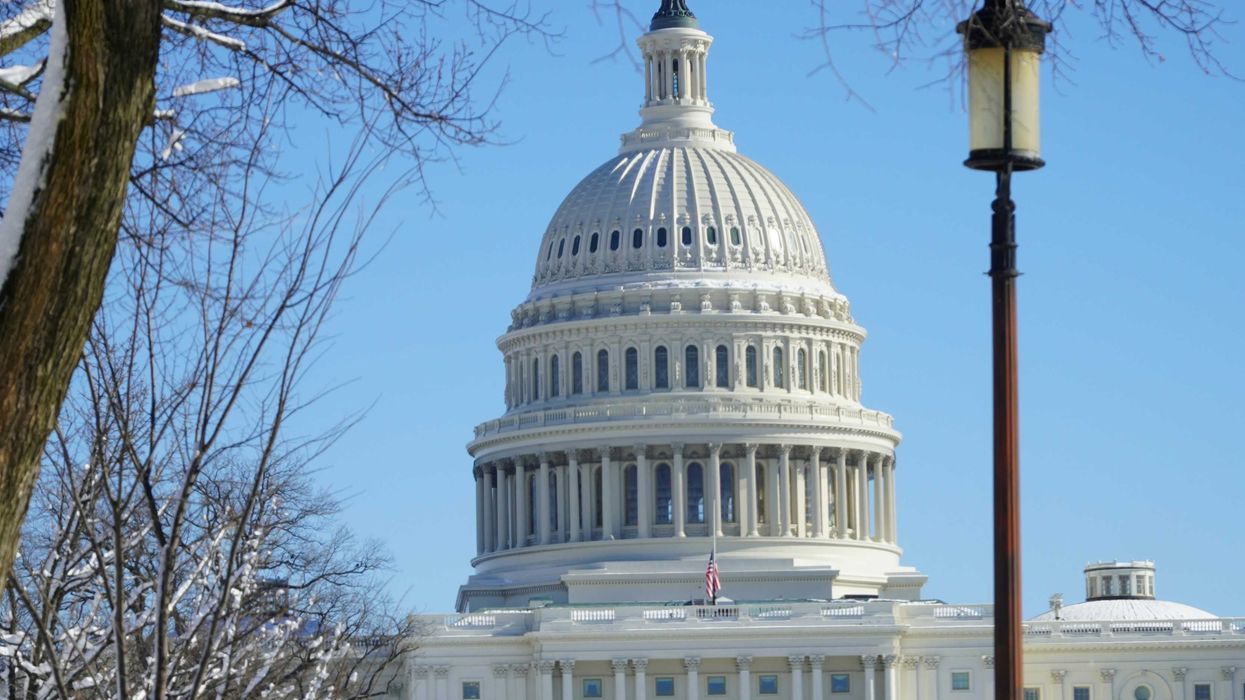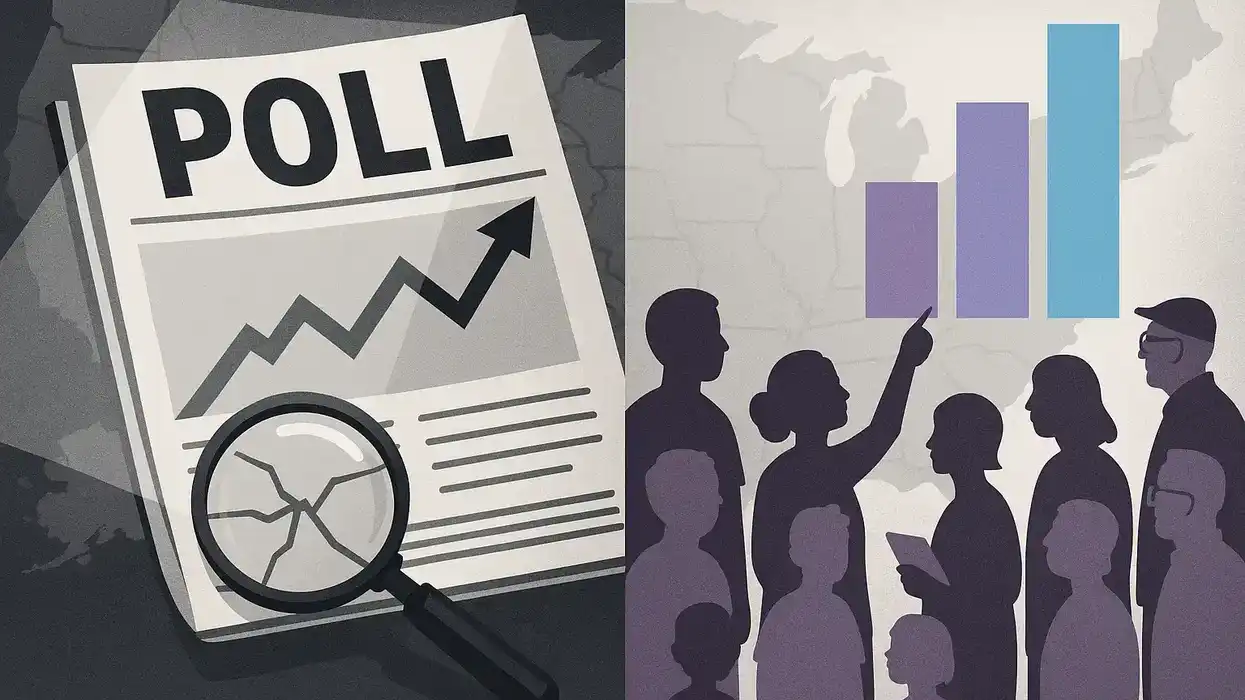As the Democratic Party reassesses its direction after last year’s electoral losses, it's encouraging to see new initiatives like Project 2029—a proposed, albeit late, answer to Project 2025—taking shape. But as Democrats rethink their policy, narrative, and electoral strategies, they risk repeating a familiar mistake in domestic social policy: substituting programs for policy.
By “programs,” I mean the specific interventions—like subsidies, grants, and services—designed to address particular social problems. Useful tools, yes, but too often, they are treated as ends in themselves. By “policy,” I mean the broader vision and principles that guide and integrate those tools toward a coherent national goal.
In my conversations with families across the country who struggle to make ends meet, kick a drug habit, manage a child’s complex behavioral challenges, or find dignified work, I hear the same concerns repeatedly: unaffordable child care, unaffordable housing, unaffordable health care, and not enough time with their children. What they want—and are willing to do their part to achieve—is a meaningful life of dignity, predictability, and stability. What they get is a patchwork of bureaucratically administered programs that too often serve the interests of the government-funded service providers, not the people. Many service providers do essential and heroic work. But when social policy is driven primarily by the needs of these organizations, rather than by a vision rooted in the experiences of families, we mistake institutional maintenance for progress.
Take the Child Care and Development Block Grant (CCDBG), the main federal program subsidizing child care for low-income working families. Though it originated as a bipartisan compromise from the early 1990s, it is emblematic of an approach to social policy that focuses too much on programs rather than enabling conditions. This moment of reassessment offers Democrats a valuable opportunity to rethink this approach.
On paper, CCDBG is designed to help parents work by reducing the cost of care. However, in practice, it prioritizes the needs of employers over the full range of what families actually need. This includes more time with their children during the formative early years—when crucial parent-child bonds are built—and flexible benefits for care provided by family, friends, and other trusted caregivers. Meanwhile, providers who receive these subsidies often become politically invested in maintaining the program, even if it falls short of addressing the deeper needs of families.
This is not a case against child care or against programs that help families. It is a case for rethinking the Democratic approach to social policy from the ground up.
Daniel Patrick Moynihan warned of this dynamic more than 50 years ago. In a 1970 essay for The Public Interest, he wrote that American politics in the Great Society years of the 1960s had come to “define public policy in forms of program” and that this mindset had, as a result, “inhibited the development of true policy.” Moynihan, a Democrat then serving as an advisor on urban affairs to President Nixon, who would go on to serve as a Senator from New York, saw clearly that programs are only tools; policy is the vision that guides and knits them together.
Democrats have long lived in the world Lyndon B. Johnson built six decades ago—Head Start, SNAP, Medicaid, and other Great Society programs. These were historic achievements; I do not argue they should be dismantled. However, the overreliance on programmatic solutions has left Democrats without a coherent policy framework to meet the needs of today’s families.
What would a policy-first approach look like?
It would begin with a clearly defined national goal—grounded in our best understanding of child development, poverty, public health, and community well-being—such as ensuring that every child has the opportunity to thrive, every American is stably housed, or every job pays a living wage. Crucially, any one of these goals would not be the responsibility of just a few underfunded agencies but a shared mandate across the federal government. Just as the Employment Act of 1946 committed the nation to “promote maximum employment, production, and purchasing power” and created the Council of Economic Advisers to coordinate that effort, a modern social policy should require every federal agency—from Treasury to HUD—to contribute to the overarching mission of building healthy, stable, and flourishing families in just, peaceful, and prosperous communities on a healthy, safe, and clean planet.
Contrast that with the current Democratic approach, exemplified by the Child Care for Working Families Act. The bill proposes capping child care costs at a given percentage of income, funding workforce development for early educators, expanding preschool, and more. These are worthy goals, sure, but they are still a collection of programs, each addressing a piece of the puzzle without ever assembling a coherent picture of what families truly need to flourish.
For instance, a true policy approach to every child's health, well-being, and flourishing would recognize that ensuring no child under eight sleeps in a homeless shelter is not just a housing issue. It would mobilize the full force of the federal government to make it a reality.
To be clear: I support many of the programs currently on the books. Health care is a right, and some form of government-administered health insurance will always be necessary. However, I can also imagine a world where a well-articulated policy vision directs the range of government programs in a way that reduces the need for programs like CCDBG. The more we create enabling conditions—good wages, good working conditions, generous leave policies, abundant housing—all oriented toward prioritizing family and child flourishing, the less we’ll need to rely on programs as the foundation of our approach. For example, if we had robust paid parental leave—a true essential for the health of parents and the development of babies in the first weeks and months of life—we would likely see fewer infants in child care, easing the supply crunch and improving conditions for older children and workers alike.
From climate change to the economic disruptions of artificial intelligence and the new caregiving responsibilities that demographic changes will impose, families will face new threats to their dignity and the stability of their lives. A coherent policy approach rooted in a clear vision of well-being and flourishing for all families will be far more adaptable to these challenges than the patchwork of programs Democrats now need to defend as Republicans push forward with their so-called "Big Beautiful Bill."
The current Democratic approach puts the program cart before the policy horse. With Democrats out of power for at least another 18 months, now is the time to reconsider some fundamentals. If Democrats are serious about winning back the working class and building a more just society, they must stop designing programs in a vacuum and start crafting a policy vision rooted in the real needs of American families.
Joe Waters is the CEO and Co-Founder of Capita, a think tank working with leaders to craft effective policies for a future in which families and their communities can flourish. He lives in Blowing Rock, North Carolina.



















